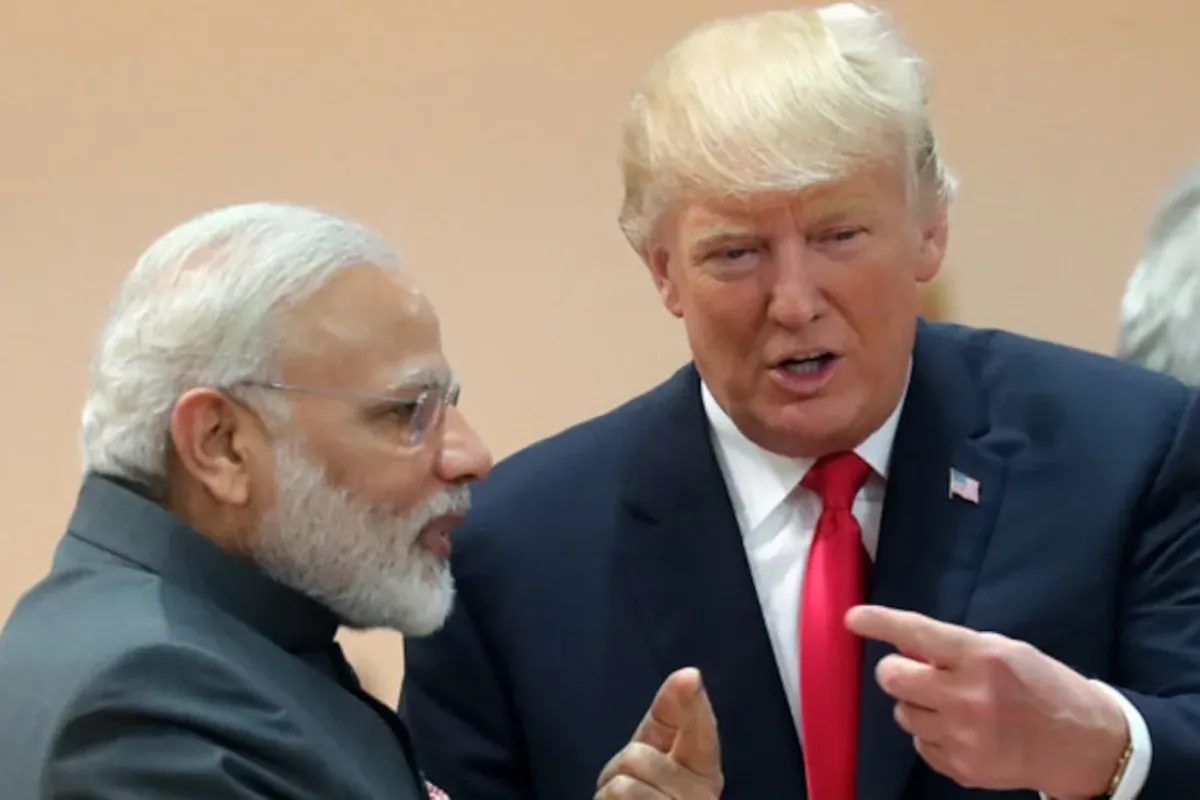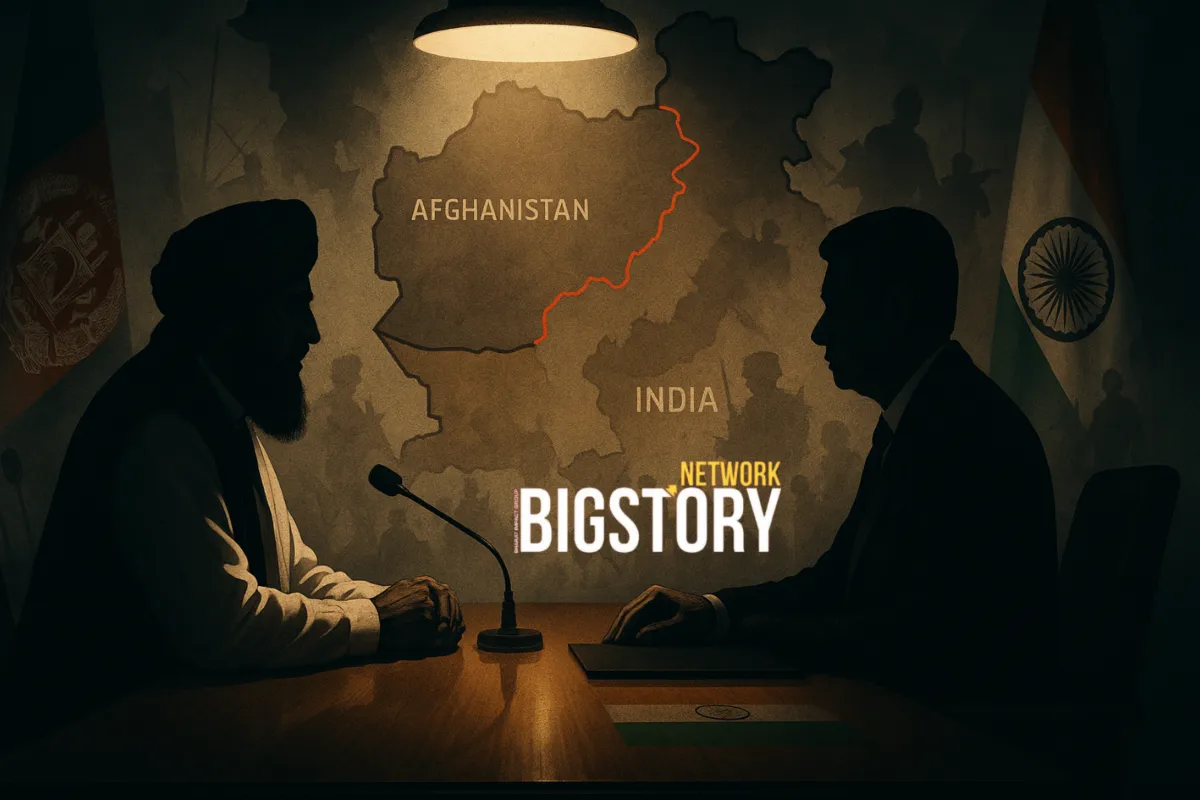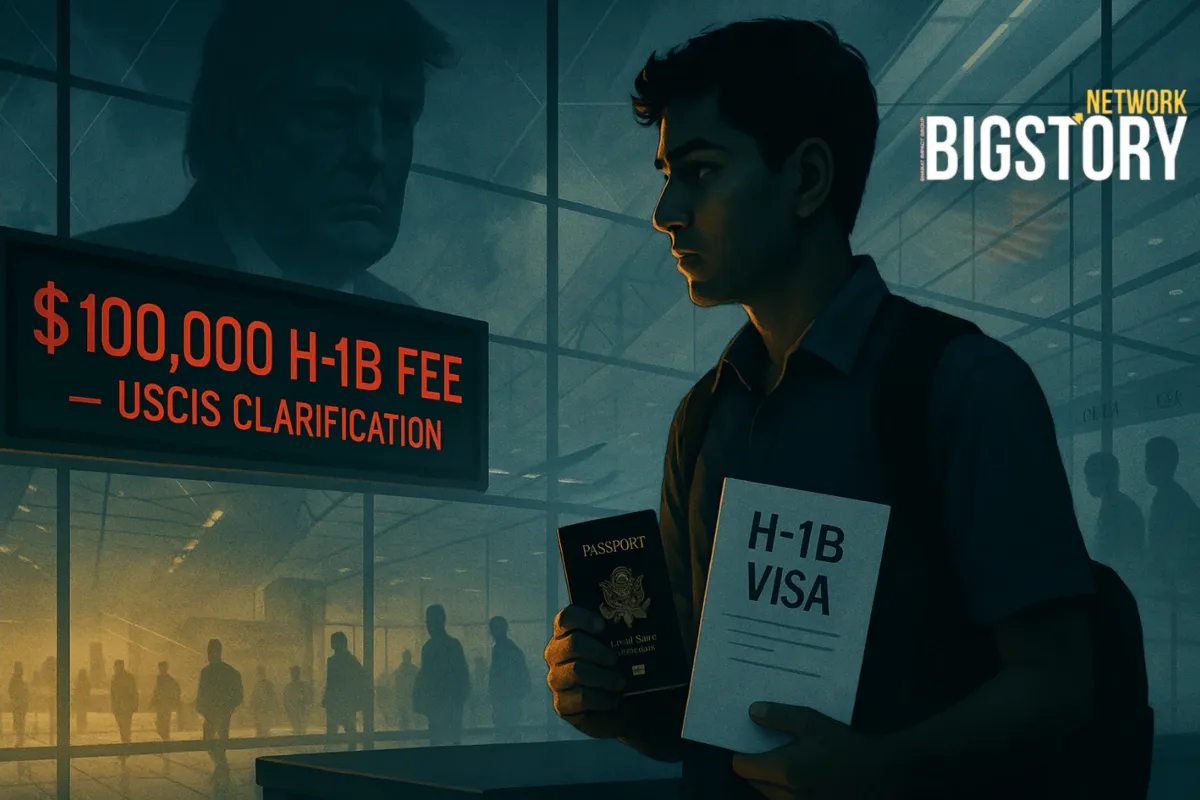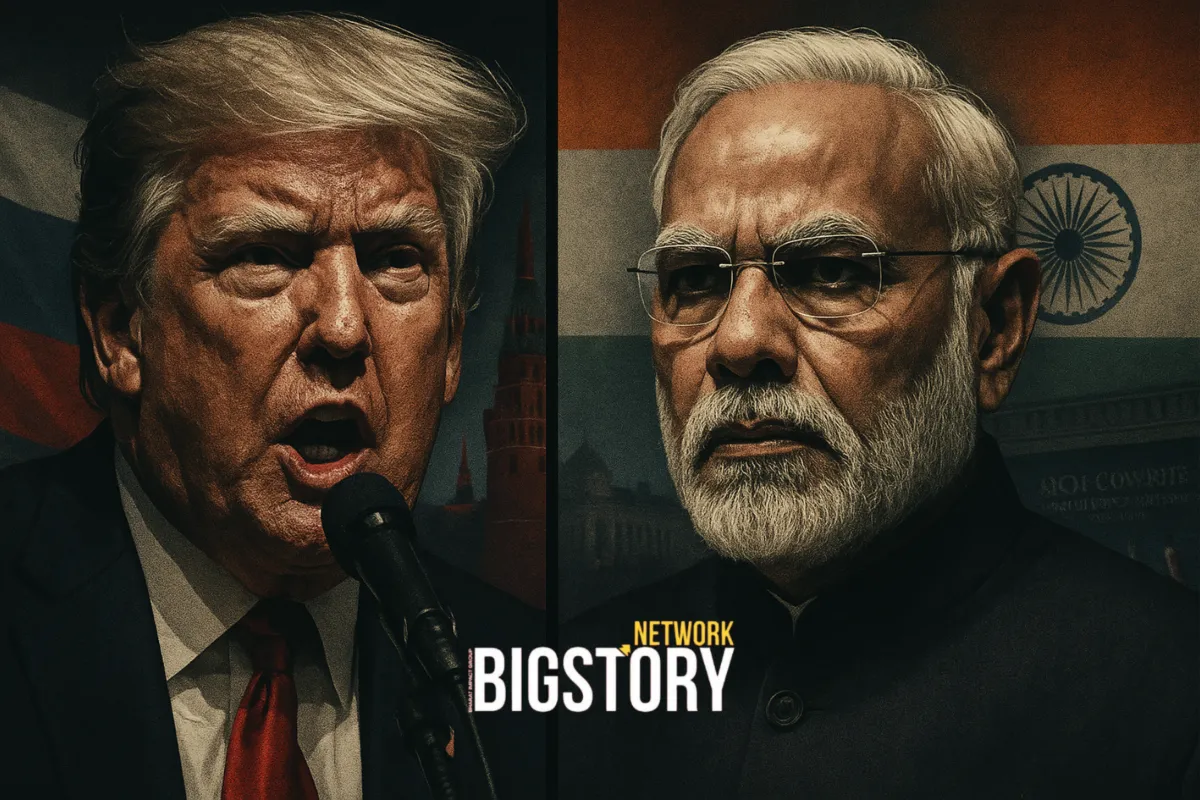In a high-stakes geopolitical drama unfolding on the world stage, India finds itself at a critical juncture. Following the much-anticipated but ultimately inconclusive summit between US President Donald Trump and Russian President Vladimir Putin in Alaska, New Delhi is bracing for potential fallout. The meeting, which yielded no clear agreement on key issues, has left India's foreign policy in a state of limbo, with the Trump administration explicitly linking the success of the talks to India's economic well-being. This article will delve into the nature of the threat, India's strategic response, and the broader implications of being caught in the crossfire of great power politics.
The Threat: Secondary Tariffs and a Looming Ultimatum: The core of the issue lies in a blunt ultimatum delivered by key US officials. US Treasury Secretary Scott Bessent has been vocal in stating that if the negotiations with Putin "don't go well," secondary tariffs on India could be further increased. This threat is a direct response to India's continued and extensive purchase of discounted Russian crude oil. While the US has already imposed a 50% tariff on a significant portion of Indian exports—a combination of a 25% base tariff and an additional 25% for its oil trade with Russia—the new warning signals the possibility of even steeper economic penalties. The US administration views India's oil trade as a lifeline for Moscow's economy, one that undermines the effectiveness of Western sanctions. For New Delhi, however, these purchases are a matter of national energy security and economic pragmatism.
India’s Stance: A Resolute Defense of National Interest: India has not taken this threat lightly. The Ministry of External Affairs (MEA) has issued strong statements, calling the US tariffs "unfair, unjustified, and unreasonable." The government's position is clear: its energy imports are based on market factors and are essential for securing the needs of 1.4 billion people. India has also pointed out the perceived double standard, as other major nations also continue to engage in trade with Russia. The MEA's response has been one of diplomatic defiance, emphasizing that India will take "all necessary measures to safeguard its national interests and economic security." While engaging in private diplomatic talks to de-escalate the situation, New Delhi has publicly held its ground, a testament to its commitment to strategic autonomy.
The Balancing Act and the Geopolitical Crossfire: India's foreign policy has long been a masterclass in non-alignment, allowing it to cultivate strong ties with both the US and Russia. With Russia, the relationship is a historical and strategic one, rooted in a crucial defense partnership. With the US, the partnership is a modern one, built on shared democratic values and a common goal of countering China’s growing influence in the Indo-Pacific. The recent ultimatum from the Trump administration forces India into a difficult position. It risks damaging a vital partnership with Washington if it continues to buy Russian oil, but to give in to US pressure would be to compromise its energy security and strategic independence. This is the very definition of a geopolitical tightrope, where a misstep on either side could have serious and far-reaching consequences.
The Road Ahead: Uncertainties and Recalibration: The inconclusive nature of the Trump-Putin summit has left the geopolitical landscape even more volatile. With no clear resolution, the threat of escalated tariffs on India remains a live issue. The coming weeks will be crucial. India's diplomatic efforts to navigate this crisis will be key. This situation also underscores a broader challenge for India's foreign policy. The unpredictable, transactional nature of the current US administration means New Delhi cannot rely on the kind of consistent, long-term strategic support it once expected. Instead, it must be prepared for a reality where its relationships are constantly being re-evaluated, and its interests are directly tied to the outcomes of meetings it is not even a part of. The current crisis may force India to accelerate its efforts to diversify its trade partners and strengthen its domestic industries, reinforcing the importance of its self-reliance (Atmanirbharta) agenda.
Conclusion: The looming threat of higher tariffs from the US is not just an economic concern for India; it is a test of its diplomatic resolve. The incident highlights the inherent difficulties of maintaining strategic autonomy in a world dominated by great power competition. As the world watches to see if the US will follow through on its threat, India's measured and firm response demonstrates its commitment to protecting its national interests. The crisis serves as a powerful reminder that in a multipolar world, every diplomatic interaction, no matter how distant, can have unexpected and significant ripple effects.







Leave a Reply